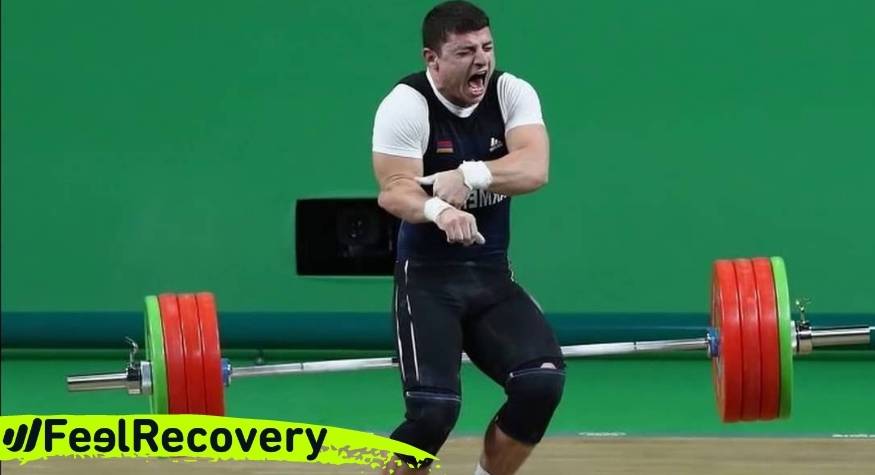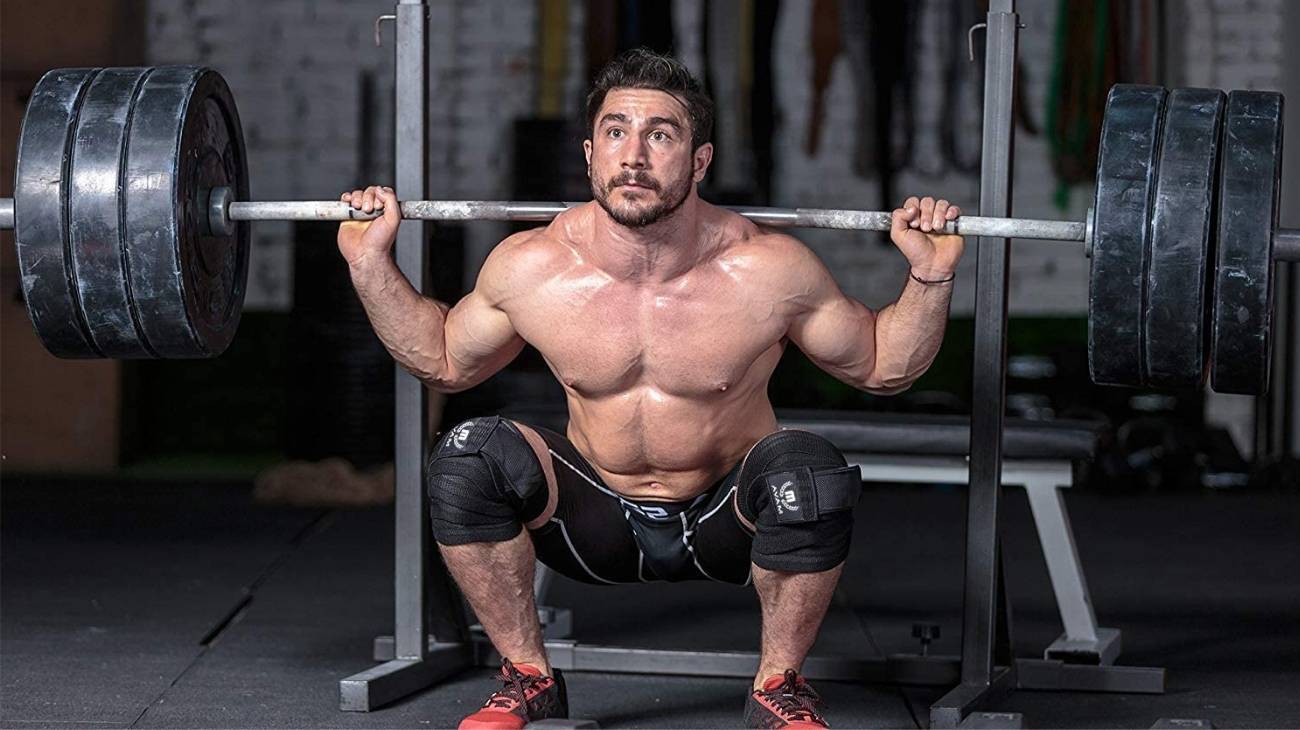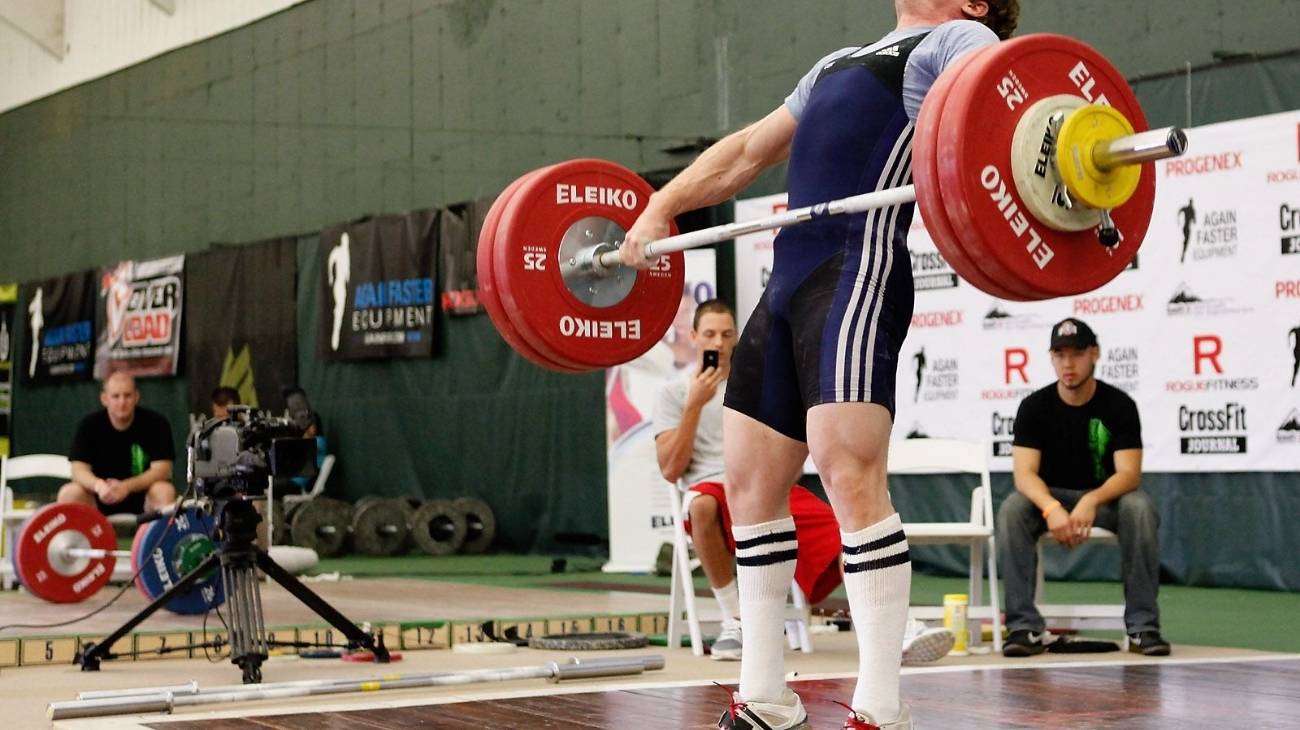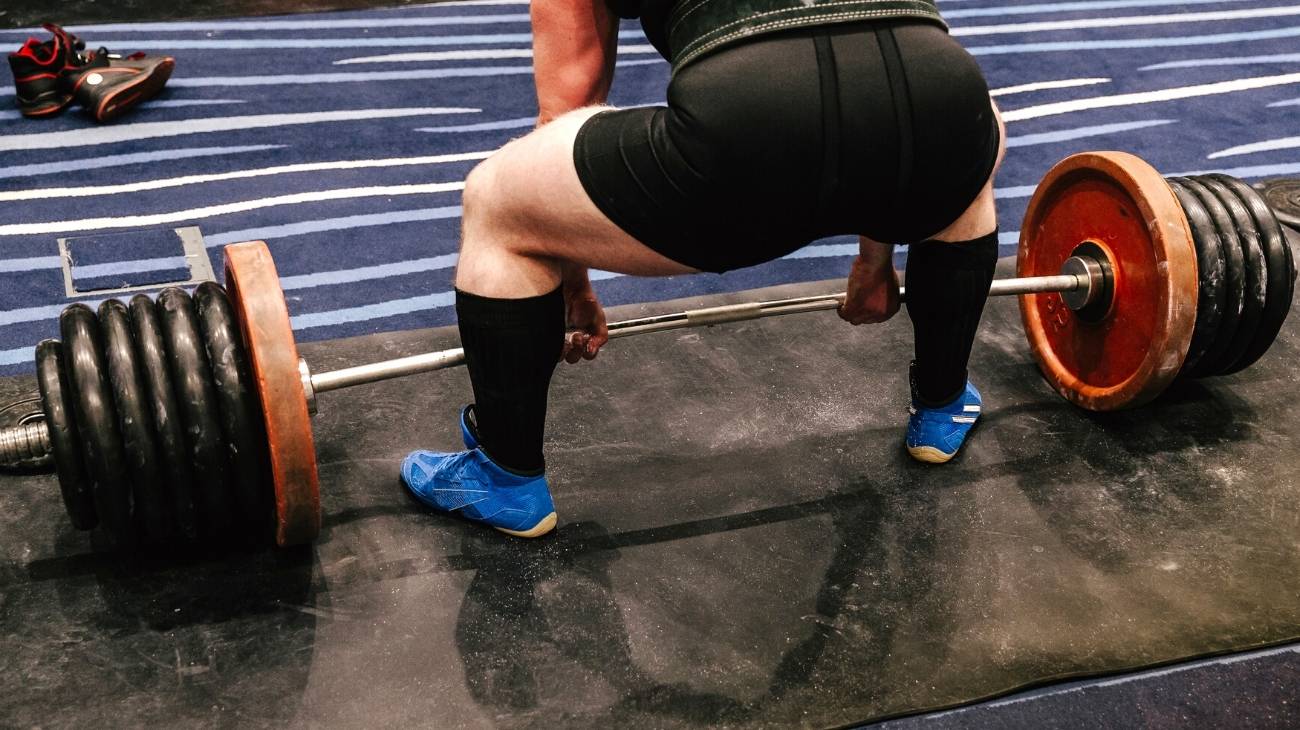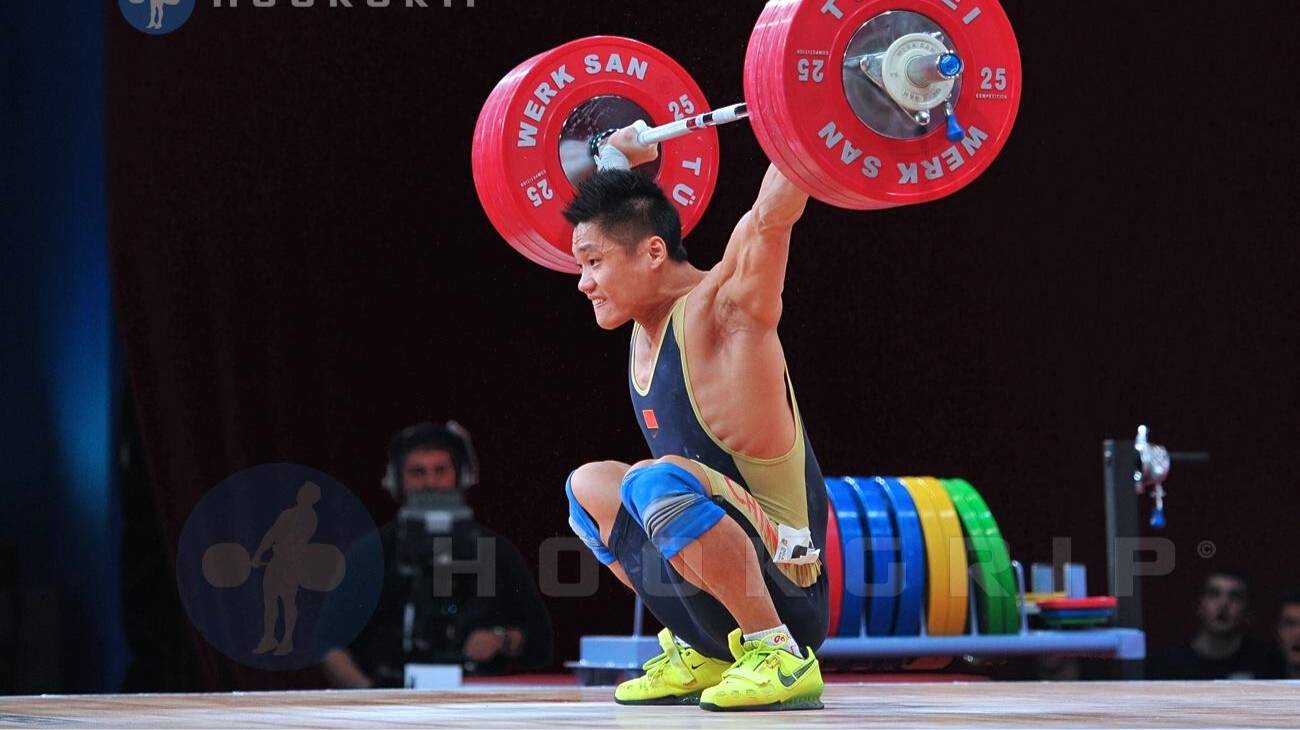The elbow is one of the least mobile and most stressed joints in weightlifting. It contains cartilage, tendons, ligaments, muscles and bones, as well as soft components, each of which can be damaged.
In weightlifting, we must be careful with technique to avoid damage to the elbow joint, so here's a comprehensive list of the most common weightlifting elbow injuries. You will learn how to apply the PRICE therapy as a form of first aid and which products are the most effective when it comes to healing an injury.
What are the most common types of elbow injuries in weightlifting and powerlifting?
Technique error, poor muscle preparation and mental stress in competition are often the main causes of weightlifting injuries. If you know the most common injuries, you will know how to adjust your technique to avoid them.
Forearm contracture
All the tissues of the elbow are connected to the forearm, so an injury to them will be felt first in the joint, which is more fragile than you think in the face of the great weight that the upper limbs support. The epicondylar, brachialis, triceps and epitrochlear muscles can contract when the athlete has had poor preparation for trying to lift a certain amount of weight.
Another factor is emotional stress that causes errors in lifting technique. In a contracture there is an irregular bunching of the muscles in the forearm, immediately there is a strong pain that reaches the elbow and even inflames it. In these cases it is better to take a rest and apply first aid while waiting for the swelling to go down.
Olecranon bursitis
One of its possible origins is the repetition of the same mechanical movement that leaves micro-traumas in the bursa. This is a fluid-filled cushion that swells easily and leaves a kind of bulge at the back of the elbow. There are several types of bursitis, but this type is the most common in weightlifting.
When it occurs, there is a particular increase in temperature in the elbow, difficulty in moving the joint freely and pain extending into the forearm. After confirmation of bursitis by x-ray, an anti-inflammatory process is started with drugs. Rest is important, so all physical activity should be stopped until the injury is controlled.
Elbow tendonitis
There may be epicondylitis or epitrochleitis, depending on whether the pain and inflammation are located on the inside or outside of the elbow. The greatest risk of injury is when the bar and discs go from rising in the pectorals to being raised above the head. When there is no good balance of the bar, the weight causes a dangerous wobble of the arms until they become painful.
During tendonitis there is irritation, inflammation of the tendons, localised pain and problems in the mobility of the entire joint. It doesn't matter if you are an experienced weightlifter, there must always be a correct warm-up.
Painful pronation
A small subluxation in the head of the radius, when the radius is out of place you may notice a deformity in the elbow, as well as pain and swelling. And as all the tissues are connected to the forearm, the discomfort expands.
Aggressive pulling will cause this injury to develop. In weightlifting, it is caused by a poor grip on the bars or an imbalance in the body that causes the load to fall on the arms. The athlete should strive to have strong and resistant muscles, as well as resistance in the muscles of the spine, in order to prevent an imbalance from taking the athlete out of competition. Return to training will depend on care and rest.
Elbow dislocation
In weightlifting when there is a dislocation of the elbow there is likely to be an associated fracture. In other contact sports, falls with the arm extended are the main cause, but in weightlifting it is due to lateral and abrupt movements at the elbow joint.
Unlike the shoulder, the elbow bones in the joint are better meshed, better coupled, as they do not require a wide range of motion, which is why shoulder dislocation is more common than elbow dislocation. Only a traumatologist will be able to give a diagnosis and specific treatment to relieve the pain and start the recovery of the tissues.
Elbow osteoarthritis
This is a serious injury that causes degeneration of the joint. It is due to intense sports practice and of course weightlifting is a discipline of extreme strength. Strong blows or exhausting repetitions damage the functionality of the joint as the training sessions go by and if the athlete does not deal with this degenerative condition, the osteoarthritis arrives without much chance of relief.
Osteoarthritis lowers the power of the weightlifter, prevents advances in technique to such an extent that it could end a professional's career.
Fractures
Which parts are most susceptible? The head of the radius and the olecranon of the ulna. Fractures of the elbow are usually more complex than in the shoulder because the bones are well coupled and when there is an injury, the soft tissues suffer greater damage.
As with most weightlifting injuries, a single error in mechanical and repetitive movements will cause the bones and joints to be overworked and injured. It is important to develop better muscle memory and to give the body the strength it needs to try to avoid injury in the event of sporting incidents.
Best products for recovery from elbow injuries in weightlifting and powerlifting
Bestseller
How to apply the RICE therapy to treat elbow injuries in weightlifting?
The PRICE therapy is ideal for the treatment of soft tissue injuries. Under no circumstances should it be applied when fractures are present. PRICE is an update of the RICE therapy, as it was better known in the sporting world.
- Protection: Covering the elbow with a classic bandage will help reduce natural movements of the forearm that could complicate the initial injury.
- Rest: This is the most important step because when the elbow tissues begin to relax, the regeneration of damaged cells begins. This relaxation should be supported by the following steps.
- Ice: This is essential to reduce inflammation, reduce pain and control the blood supply to the affected elbow. However, it should not be applied for more than 20 minutes, after which there should be a 10-minute break.
- Compression: When it is a contracture or injury in the forearm, use an elastic bandage. If the injury is in the elbow, it is better to use an elbow brace. There should be no high pressure.
- Elevation: Raise the arm on a pillow, this will level it above the level of the heart and gravity will support the effects of ice and compression.
References
- Kandemir, U., Fu, F. H., & McMahon, P. J. (2002). Elbow injuries. Current opinion in rheumatology, 14(2), 160-167. https://journals.lww.com/co-rheumatology/Abstract/2002/03000/Elbow_injuries.13.aspx
- Chumbley, E. M., O'Connor, F. G., & Nirschl, R. P. (2000). Evaluation of overuse elbow injuries. American Family Physician, 61(3), 691-700. https://www.proquest.com/openview/a285c26b319d8666d05f227b911ce508/1
- Chuang, D. C. C., Epstein, M. D., Yeh, M. C., & Wei, F. C. (1993). Functional restoration of elbow flexion in brachial plexus injuries: results in 167 patients (excluding obstetric brachial plexus injury). The Journal of hand surgery, 18(2), 285-291. https://www.sciencedirect.com/science/article/abs/pii/0363502393903638
- O’CONNOR, P. J., Poudevigne, M. S., & Pasley, J. D. (2002). Perceived exertion responses to novel elbow flexor eccentric action in women and men. Medicine & Science in Sports & Exercise, 34(5), 862-868. https://paulogentil.com/pdf/TREINO%20DE%20FORC%CC%A7A/Avaliac%CC%A7a%CC%83o/Perceived%20exertion%20responses%20to%20novel%20elbow%20flexor%20eccentric%20action%20in%20women%20and%20men.pdf
- Kenter, K., Behr, C. T., Warren, R. F., O'Brien, S. J., & Barnes, R. (2000). Acute elbow injuries in the National Football League. Journal of shoulder and elbow surgery, 9(1), 1-5. https://www.sciencedirect.com/science/article/abs/pii/S1058274600800233
- Brown, E. W., & Kimball, R. G. (1983). Medical history associated with adolescent powerlifting. Pediatrics, 72(5), 636-644. https://publications.aap.org/pediatrics/article-abstract/72/5/636/49023/Medical-History-Associated-with-Adolescent
- Bengtsson, V., Berglund, L., & Aasa, U. (2018). Narrative review of injuries in powerlifting with special reference to their association to the squat, bench press and deadlift. BMJ Open Sport & Exercise Medicine, 4(1), e000382. https://bmjopensem.bmj.com/content/4/1/e000382.abstract
- Ángel Rodríguez, M., García-Calleja, P., Terrados, N., Crespo, I., Del Valle, M., & Olmedillas, H. (2022). Injury in CrossFit®: a systematic review of epidemiology and risk factors. The Physician and Sportsmedicine, 50(1), 3-10. https://www.tandfonline.com/doi/abs/10.1080/00913847.2020.1864675
- Mundt, D. J., Kelsey, J. L., Golden, A. L., Panjabi, M. M., Pastides, H., Berg, A. T., … & Hosea, T. (1993). An epidemiologic study of sports and weight lifting as possible risk factors for herniated lumbar and cervical discs. The American journal of sports medicine, 21(6), 854-860. https://journals.sagepub.com/doi/abs/10.1177/036354659302100617
- Reddell, C. R., Congleton, J. J., Huchingson, R. D., & Montgomery, J. F. (1992). An evaluation of a weightlifting belt and back injury prevention training class for airline baggage handlers. Applied ergonomics, 23(5), 319-329. https://www.sciencedirect.com/science/article/abs/pii/0003687092902935

